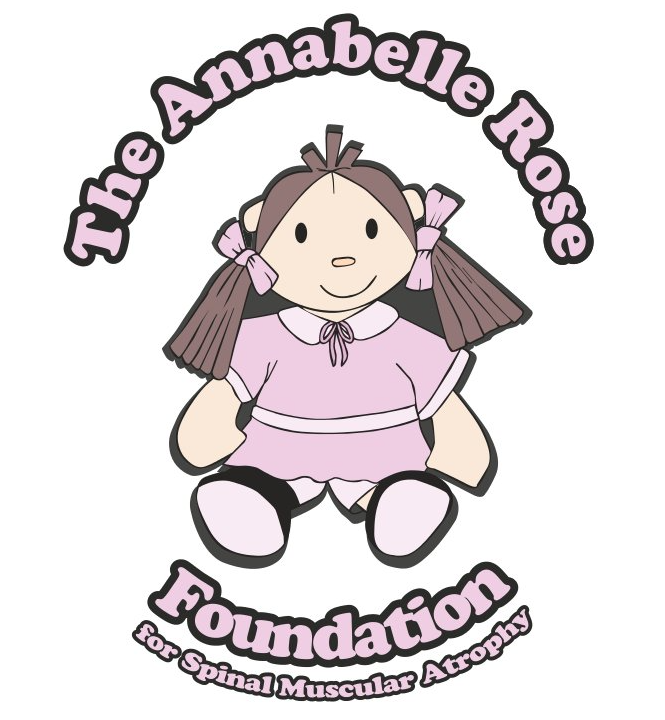What is Spinal Muscular Atrophy?
What is SMA?
Spinal Muscular Atrophy (SMA) is a genetic disorder that affects nerve cells so that muscles can't be used and become wasted, or atrophied.
SMA is a genetic disease and types I, II and III are autosomal recessive conditions meaning that if both your parents are carriers, you have a 1 in 4 chance of having the condition, around one in 20,000 babies are affected with type one SMA.
SMA affects the nervous system in an area of the spinal cord called the anterior horn. The nerve cells become damaged, breaking the link between the brain and the muscles. As a result, the muscles do not receive messages from the brain telling them to move therefore can't be used and waste away (become atrophied). This can lead to problems with breathing as physical activities including crawling, walking, feeding and head control. There are 3 main types of spinal Muscular Atrophy, but there are also other variations below are the more known variations of the disease , and future Pregnancies present other options. Click below to find out more:
